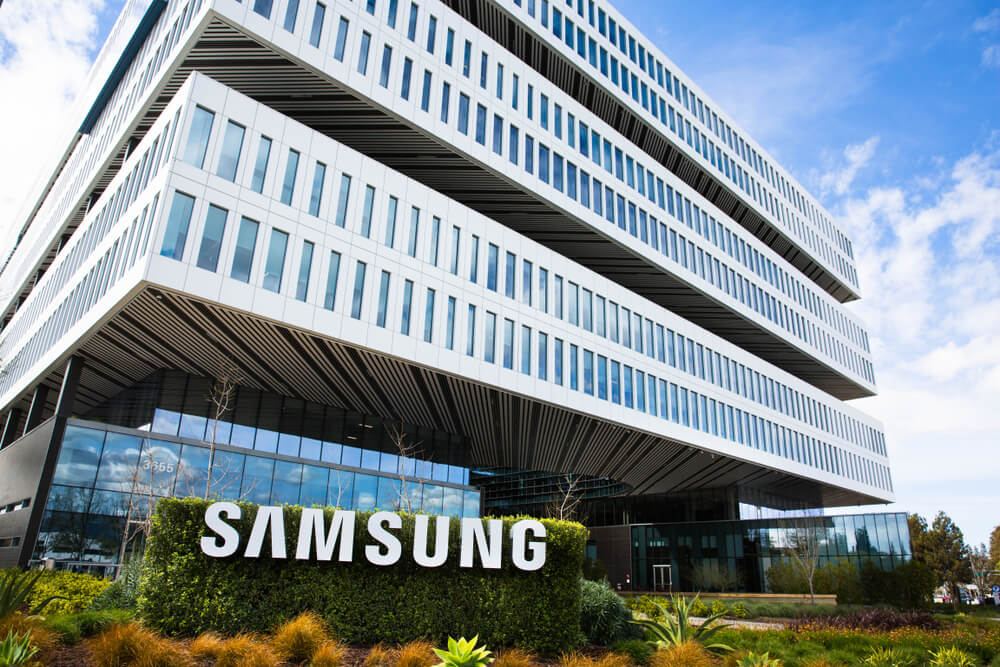Samsung announced its next-generation Galaxy S20 phones. The cameras are highly anticipated part of that, as everyone expected. Unveiling photo features for its three new devices (the Galaxy S20, S20+, and S20 Ultra), that goes far beyond the S10. Thus, Samsung didn’t disappoint its users. The critical phrase today is Space Zoom and, to a lesser extent, artificial intelligence, while there is plenty to talk about other things also.
The Galaxy S20 and S20+ are having the same cameras as a general overview: 12-megapixel f/1.8 ultra-wide camera, a 64-megapixel f/2.0 telephoto camera, 12-megapixel f/1.8 standard full camera, and a 10-megapixel selfie camera. The S20+ also has a sensor of rear depth for helping with portrait photos and more.
However, the Galaxy S20 Ultra is another animal. It has a 40-megapixel front-facing camera. On top of that, the standard full camera it has the massively pixel-dense 108-megapixel sensor that Samsung unveiled last year. When the ultra-wide camera uses a 12-megapixel sensor like the S20+ and S20, but it also packs a big 48-megapixel f/3.5 camera of telephoto.
Naturally, the S20 Ultra can freely use at its full resolutions. Nevertheless, in regular use, the pixels will be combined to make a 12-megapixel camera. It means that in a process called nona-binning, nine pixels will be joined to create a light-gulping, single pixel.
Now let’s talk about zooms. All the phones have not surprising, but decent optical zooms. For example, the S20 Ultra will have a 4X zoom, and the S20/S20+ will have 3X. You will see a 10X hybrid zoom on the S20 Ultra on top of that.
More details on Samsung’s new phones
The arguably gimmicky feature and the most attention-grabbing is the 30 times hybrid/digital zoom on the S30 and S20+. Also, the attention-grabbing is insane 100 times digital zoom on the S20 Ultra. They work with exploiting the very high resolutions sensors, alongside with the stabilization features and optical zoom. The result is what Samsung called Space Zoom. It is letting you zoom right into someone’s eyeball even if they are across the room.
This feature is very cool, as we learned in our hands-on, but very hard for us. Any jitter in your hands can transmit instantly to the image when zoomed in at 100X. Samsung previewed the feature by mounting its smartphone on a tripod during its event. We found that the photos ended up being over-processed and too fuzzy on top of that. Nevertheless, it was awe-inspiring seeing Samsung’s demo. It zoomed right into the Alcatraz prison, which started as barely a dot on the screen.
Samsung also introduced some artificial intelligence camera features for all of its new phones, as everyone would have expected. The best one uses deep learning for capturing different versions of the same moment using different cameras and is called Single Take. It is spending up to 10 seconds of shooting. Thus, it gives you a large number of stills and short video clips available to choose from. If the consumer cannot decide, his/her S20 will choose the one; it thinks it’s “best.”
It was a brief examination of new Samsung phones.
















